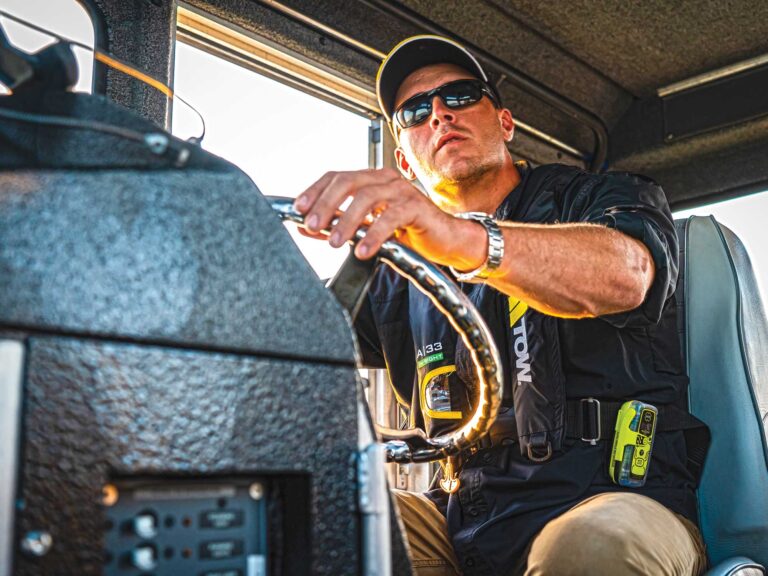They’re called light emitting diodes. No wonder we refer to them as LEDs. New boats have them, if the builder is willing to pay for top-end components. They also make for pretty easy retrofit projects. You might be surprised to know LEDs were developed in the 1960s and first used by consumers in calculators. Only recently have LED products attained the “wattage” to be useful for illuminating spaces, like cockpits and cabins. Here are five that we’ve had success with.
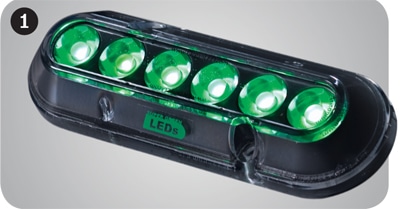
******[1] OceanLED Multipurpose**
These Amphibians are “potted” with a watertight polymer and work over or under the water. Mount them outside to attract fish or inside for courtesy lights. $179 (A3), $399 (A6, pictured); yachtlights.com
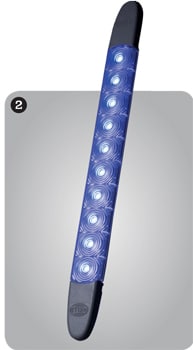
[2] Hella Strip Light
These waterproof 12-inch lights are available in blue or white light. Mount them under the gunwale for softer mood lighting or fix them to seat bases for illuminating walkways. $58; defender.com
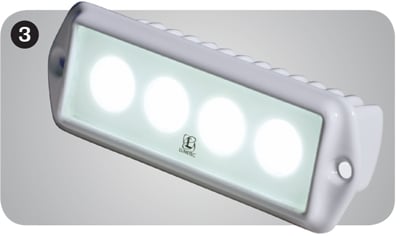
[3] Lumitec Floodlight
These are brighter than halogen lights, and you’ll be able to burn them five times longer on the same power. No need to fear a dead battery after using them for offshore spreader lights or dockside lighting. $169; lumiteclighting.com
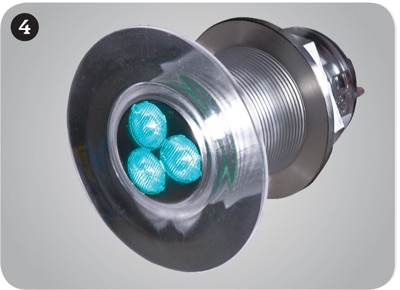
[4] Aqualuma Through-Hull Light
Flush mounted through-hull lights don’t disturb the boat’s lines, making for attractive underwater illumi nation. Use green lights to attract fish. Choose blue or white for swimming or style. $799; aqualuma.com
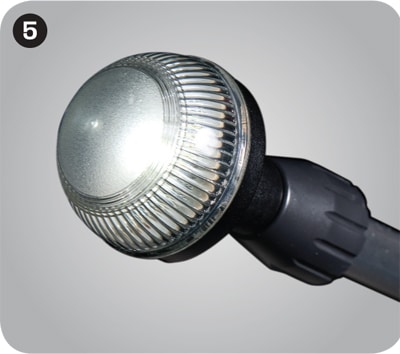
[5] Unified Marine NAV Light
This LED meets Coast Guard specifications and comes with a base or can be fit to an existing base. It can burn 14 times longer than a bulb on the same power. From $26; unifiedmarine.com
The LED Difference
Are LEDs really much of an improvement over incandescent lights? The difference between the two is called “80-20 effi ciency,” and it’s as easy to understand as it is signifi cant. The incandescents turn only 20 percent of the power they burn into light, and 80 percent into heat. LEDs turn 80 percent of the power into light, and just 20 percent into heat. So while incandescent bulbs literally burn, LEDs simply light.





